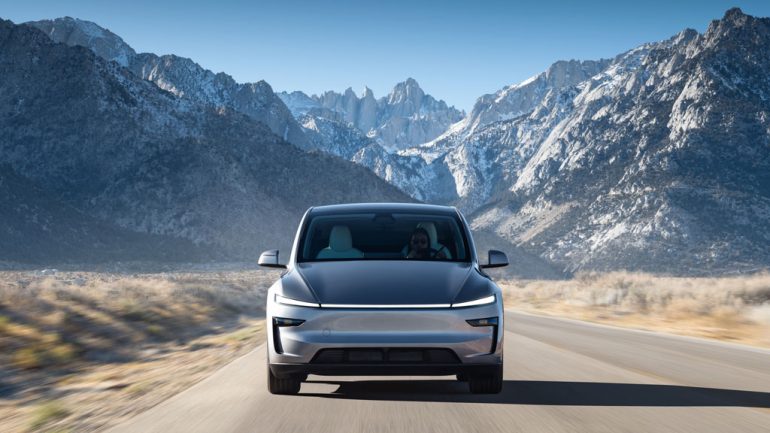
Global sales of electric vehicles (EVs) are on track to surpass 20 million units in 2025, marking a pivotal moment for the industry. This 17% increase, forecasted by research firm Rho Motion, is propelled by China’s continued push for electrification through extended subsidies, as well as Europe’s stricter CO2 emission targets.
With EV adoption accelerating in key markets, 2025 is shaping up to be a transformative year for the automotive sector. Let’s dive into the factors behind this explosive growth, the numbers shaping global trends, and the challenges automakers face in meeting these ambitious targets.
Also, don’t forget that you can get discounted new car pricing with a free quote through qualified local dealer partners.
China, the world’s largest EV market, continues to set the pace for global adoption. In 2024, EV sales in the country surged by an impressive 40%, reaching a record 11 million units. Building on this momentum, Rho Motion expects sales to exceed their previous forecast of 17% growth in 2025, fueled by the extension of auto trade-in subsidies.
Chinese automakers have also been expanding aggressively in emerging markets like Latin America, where they now command over 80% of the EV market share. Additionally, the Asia-Pacific region is seeing rapid growth, further solidifying China’s dominance in the EV sector.
Europe, the world’s second-largest EV market, is expected to see a 15% growth in EV sales, with around 3 million units sold in 2024. While the growth rate in 2025 is forecasted to be slower compared to previous years, the region is poised for long-term gains.
Tighter EU CO2 emission regulations set to take effect in 2025 are a key driver. Automakers face hefty fines—an estimated €10 billion—for failing to meet these targets, though this figure is lower than previous forecasts due to industry adaptations and the formation of emission credit pools.
The availability of more affordable EV models in Europe will also play a crucial role in boosting adoption, particularly among budget-conscious consumers.
In the U.S., EV sales are projected to grow by 16% in 2025, despite policy headwinds. Under the administration of former President Donald Trump, the U.S. has seen a rollback of electrification targets, creating uncertainty in the market. However, Rho Motion expects the shift to EVs to continue, albeit at a slower pace than in Europe or China.
The long-term impact of these policy changes could be significant, with the research firm warning of a worst-case scenario—a 47% drop in EV battery demand by 2040. This highlights the importance of stable regulatory support to maintain momentum in the U.S. EV market.
While the outlook for EV sales remains positive, automakers face significant challenges.
Despite these hurdles, the global shift to EVs is undeniable. As Rho Motion’s Head of Research, Iola Hughes, noted, “The shift to electric vehicles is still very much happening, and we will still see growth over the next decade.”
By leveraging subsidies, tightening emission targets, and expanding infrastructure, governments and automakers can accelerate the transition to electrification. With global sales poised to exceed 20 million in 2025, the EV revolution is entering a new and exciting phase—one that promises to redefine the future of mobility.